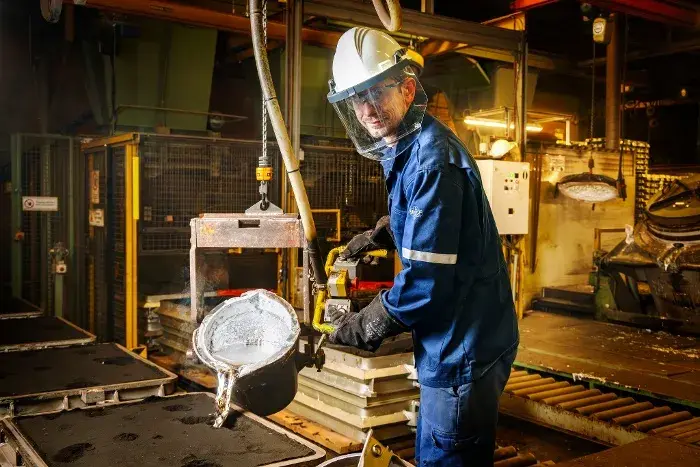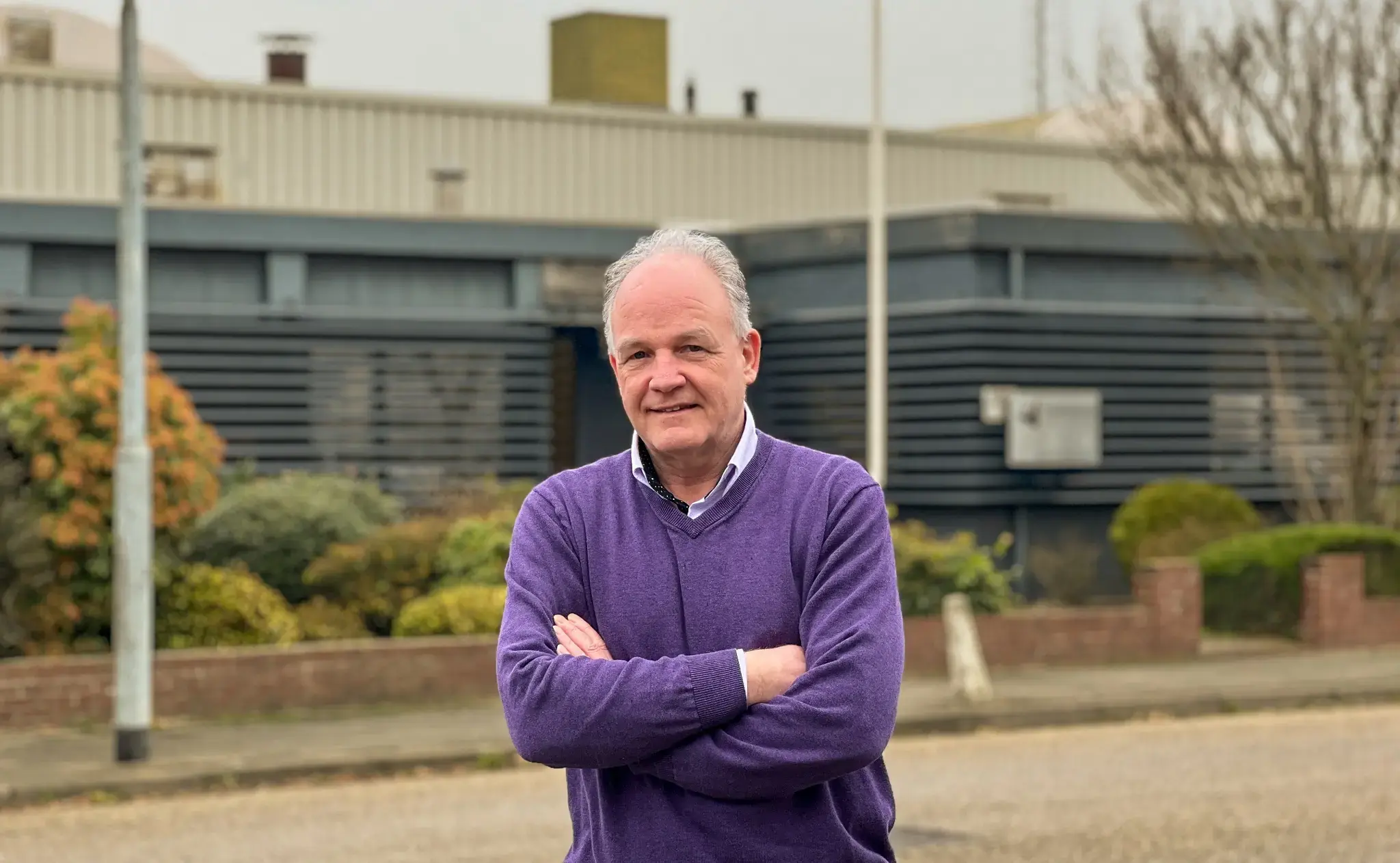Theo has been working in the foundry world since he was 16 years old. Once trained and started as a model maker, he has now grown into a specialist in the field of aluminum sand casting. We asked Theo what makes his work so special.
"When I was young, a training course for model makers still existed. I learned to make models by hand, which were then used for metal castings, particularly for machine construction. You learned to think and design in 3D. After my training, I enlisted in the army. This was an important period that laid the foundation for my further career. The structure, neatness and discipline that I learned back then are still reflected in my way of working and therefore also on the work floor of our sand foundry.  After my military service I always continued to work in the foundry world. Over the years I got to know the complete casting and related processes through and through. With project management and management courses I developed myself into who I am today. Casting feels like my life's work to me. And I take great pleasure in using everything I learned on the shop floor to offer the customer the best solution. At one point I even started giving courses myself to pass on my knowledge. Mostly to companies that are considering using casting, but also, for example, to mechatronics students from Gildeopleidingen. Because there are virtually no casting courses anymore. And without the transfer of knowledge, this beautiful craft may one day be lost.
After my military service I always continued to work in the foundry world. Over the years I got to know the complete casting and related processes through and through. With project management and management courses I developed myself into who I am today. Casting feels like my life's work to me. And I take great pleasure in using everything I learned on the shop floor to offer the customer the best solution. At one point I even started giving courses myself to pass on my knowledge. Mostly to companies that are considering using casting, but also, for example, to mechatronics students from Gildeopleidingen. Because there are virtually no casting courses anymore. And without the transfer of knowledge, this beautiful craft may one day be lost.
At Vostermans Alu Foundries, we have 3 in-house casting techniques: high-pressure casting, high- pressure die casting and sand casting. But honestly, high-pressure casting is not my thing. High-pressure casting is much more about mass production and involves other technical challenges. Aluminum sand casting is really specialized work. Not that our colleagues at the high-pressure foundry are not specialists! But aluminum sand and high-pressure die casting are really my thing.
We cast with various alloys with different mechanical values. While one may have better seawater resistance, another alloy is stronger or has more elongation. It doesn't matter to us as long as they are Aluminium Silicon (AlSi) alloys. However,an incorrect choice for the customer can mean that a product is not optimal in terms of quality and becomes unnecessarily expensive. That is why we like to discuss thiswith the customer as early as possible. As a partner, we discusshow we can keep the costs as low as possible and the quality as high as possible. Although, we never take the place of the designer of course. It is he who determines what is needed to develop a safe product.  Where will the field go from here? I think 3D sand printing is going to become more and more interesting. We are already using it for very small series and prototypes. For the larger series it is still too expensive. In time, I expect 3D sand printing to become considerably cheaper so that the larger series can also be cast using 3D sand printed molds. Personally I find it fun and interesting to get acquainted with this new technology and to grow in it. This ensures that my knowledge and that of the organization remains up to date."
Where will the field go from here? I think 3D sand printing is going to become more and more interesting. We are already using it for very small series and prototypes. For the larger series it is still too expensive. In time, I expect 3D sand printing to become considerably cheaper so that the larger series can also be cast using 3D sand printed molds. Personally I find it fun and interesting to get acquainted with this new technology and to grow in it. This ensures that my knowledge and that of the organization remains up to date."



